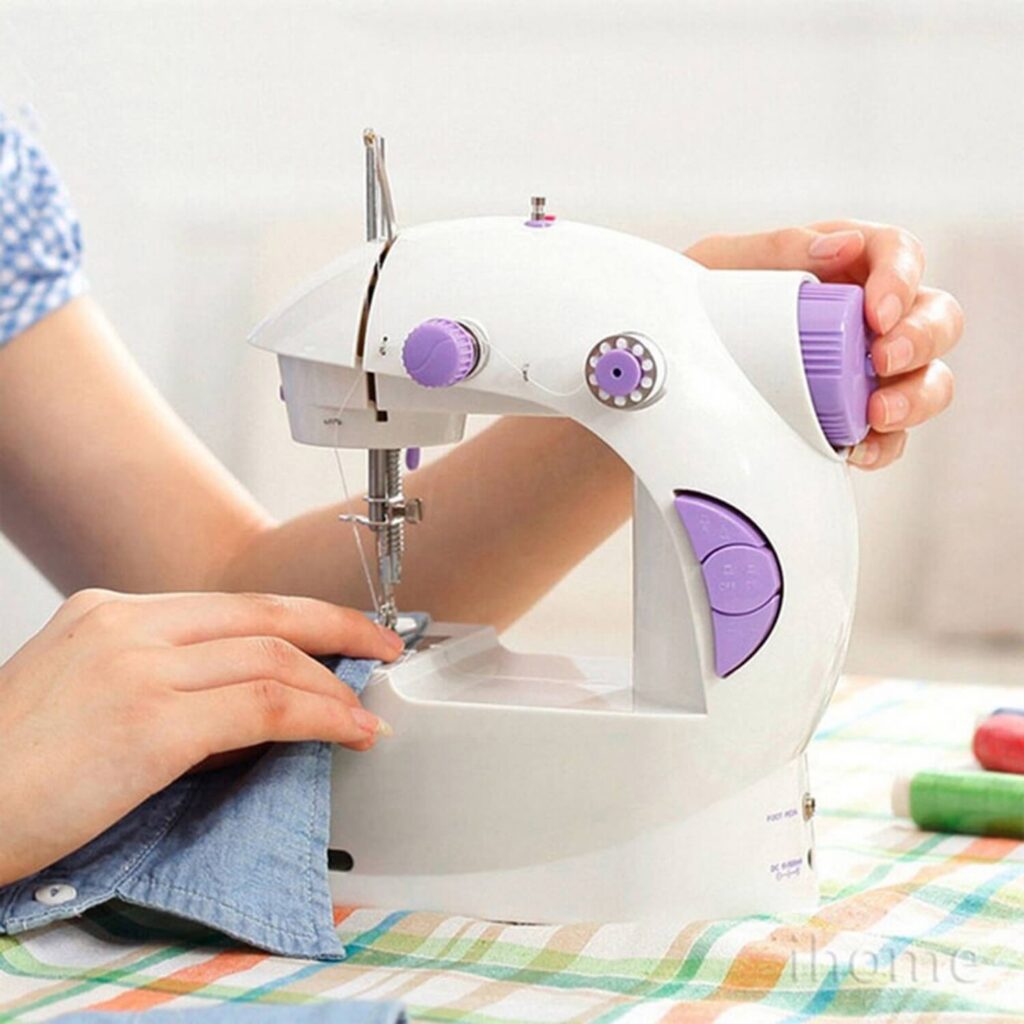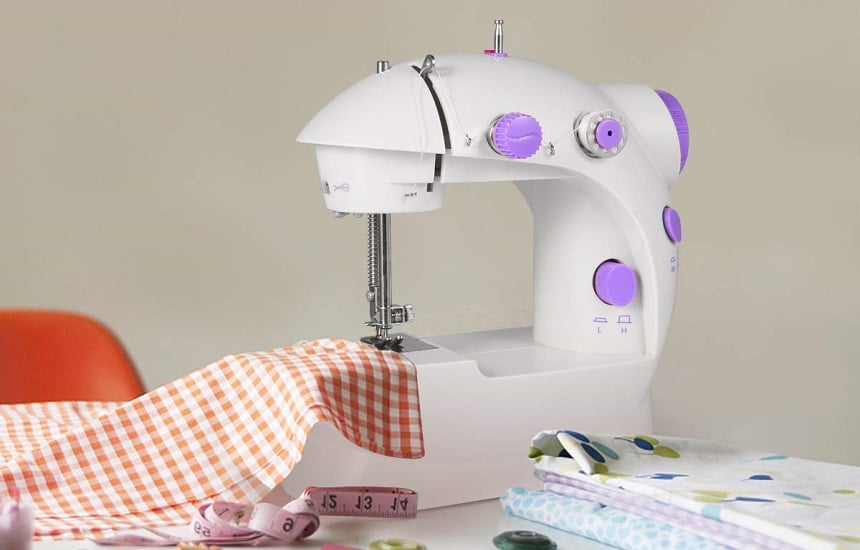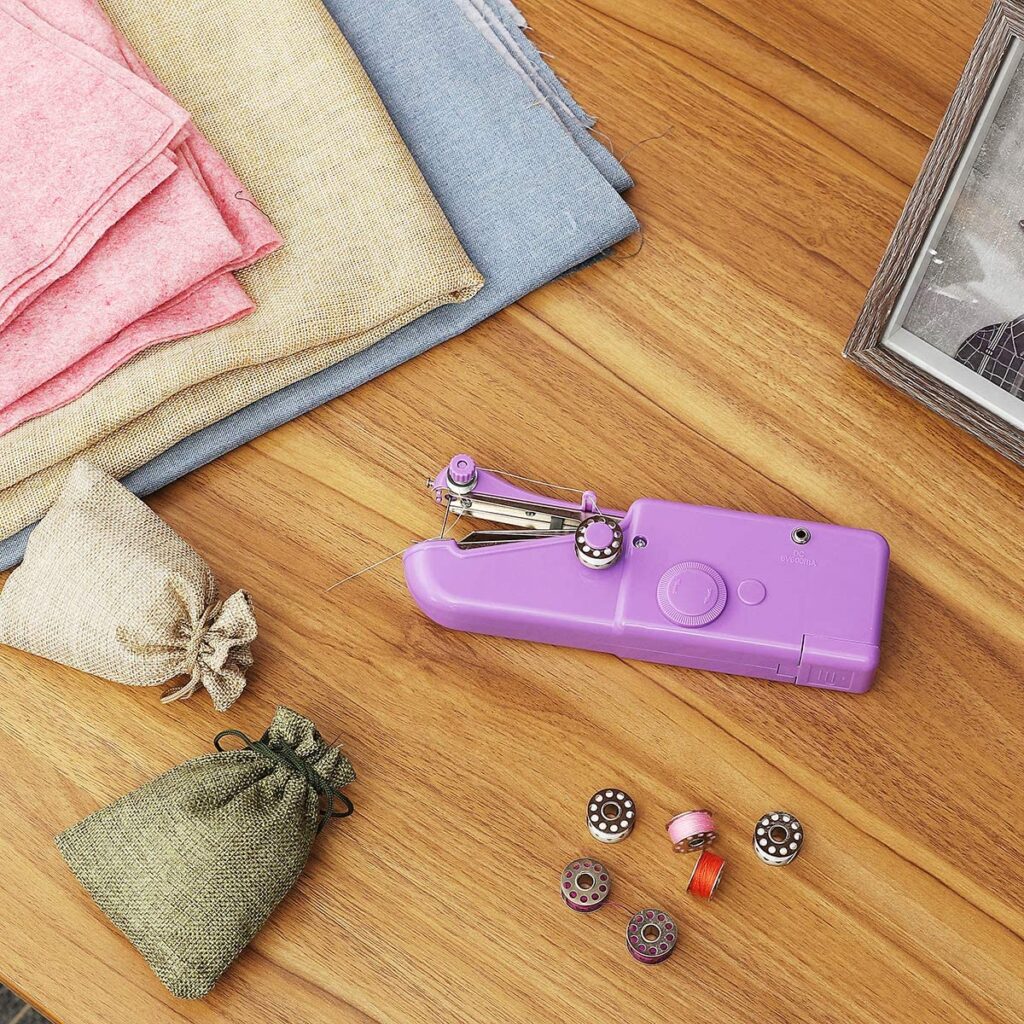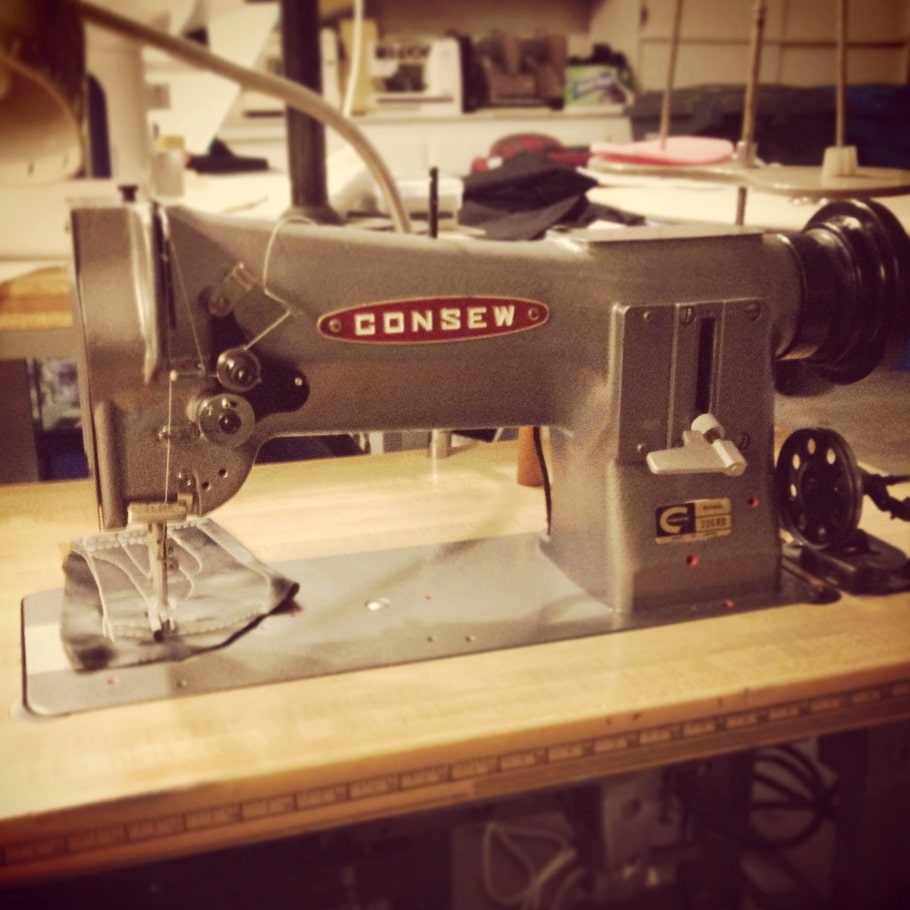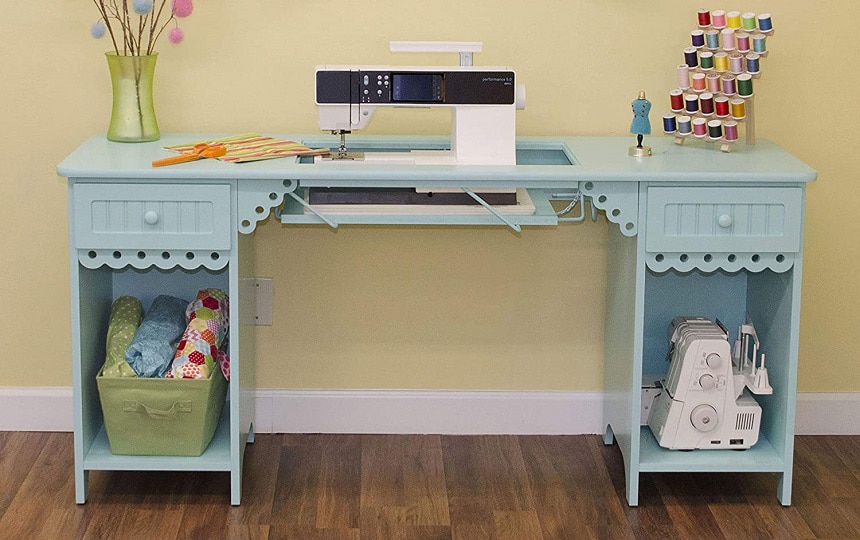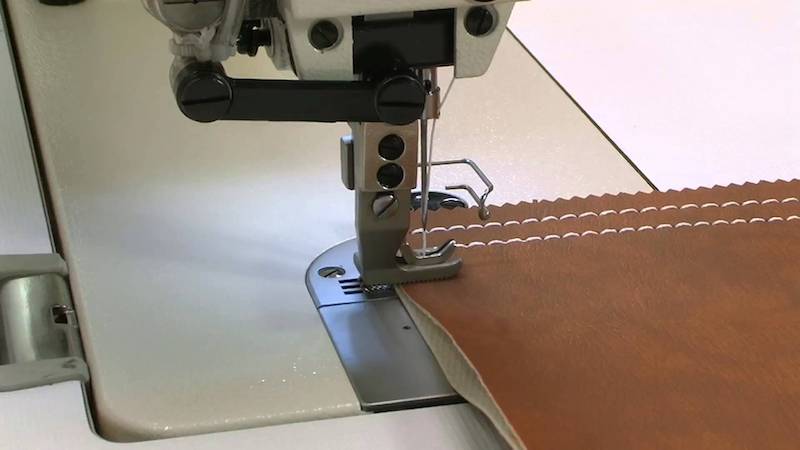

Many people who are just starting with sewing are wondering what the difference between a serger vs sewing machine is. The answer is that both are sewing machines, but even though they are quite similar, a serger is different from a sewing machine in multiple ways.
DIY professionals like to think of the sewing machine as the workhorse, and of the serger as the racehorse. A sewing machine is basically what you use to sew straight stitches in different lengths, whereas a serger is a machine that helps you race though cutting, sewing, and trimming your seams.
Let’s have a look at the main differences between a serger and a sewing machine and what kinds of projects you can tackle with each of them.
Serging is the process of seaming and stitching fabric edges to prevent them from unravelling. This is a technique that’s also known as overlocking Trusted Source Overlock - Wikipedia An overlock is a kind of stitch that sews over the edge of one or two pieces of cloth for edging, hemming, or seaming. Usually an overlock sewing machine will cut the edges of the cloth as they are fed through (such machines being called sergers in North America), though some are made without cutters. The inclusion of automated cutters allows overlock machines to create finished seams easily and quickly. An overlock sewing machine differs from a lockstitch sewing machine in that it uses loopers fed by multiple thread cones rather than a bobbin. Loopers serve to create thread loops that pass from the needle thread to the edges of the fabric so that the edges of the fabric are contained within the seam. en.wikipedia.org and a serger is the machine that helps you do it. Besides allowing you to make sure that the edges of the material don’t become unraveled, sergers are also what you use to give your fabric a professional finish.
To put it simply, the main job of a serger is to overlock the edges of fabric and finish them with a variety of stitches.
Even though there are multiple overlapping functions between sergers and sewing machines, the two types of machines have different functions. The most important differences between sergers and sewing machines are listed below:
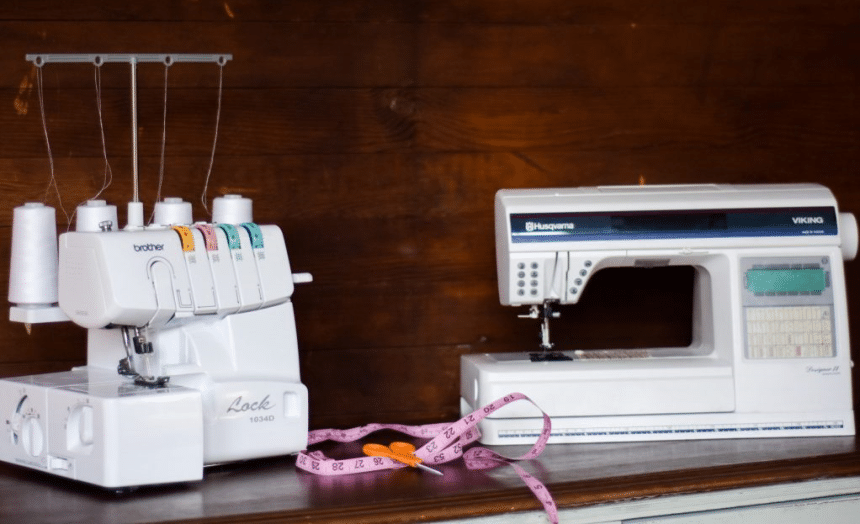 Bobbins
BobbinsSewing machine bobbins differ from one model to another, but it’s important to use the bobbins that are specifically made for your machine. Most sewing machines come with three to five bobbins in the box. It’s important to know what kind of bobbins you need for your serger vs. sewing machine, as they are not interchangeable. Also keep in mind that plastic bobbins and metal bobbins cannot be swapped even if they are of the same size.
When it comes to needles, sewing machines and serger ones are different. Sewing needles made for traditional machines have smooth shafts, whereas those intended for sergers may have a shorter groove in the front or on both sides. Serger needles are also typically shorter than those made for sewing machines. You can also tell serger and sewing machine needles apart because even though both types are labelled with unique numbers, serger needles have the numbers separated by a slash mark.
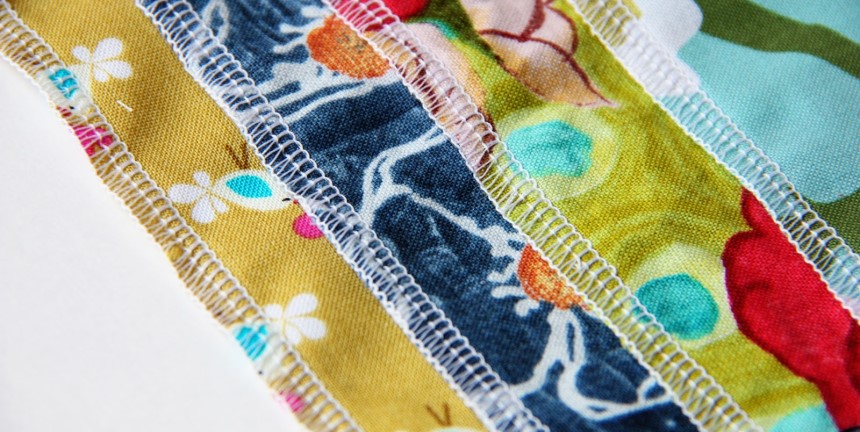
Keep in mind however that sewing machines are the only ones that can do decorative stitches and create buttonholes. Overlock machines specialize in edging, but don’t come with all types of stitches that you may find in traditional sewing machines.
Sergers are so much better than sewing machines when it comes to speed, as they can though up to 1700 stitches per minute. A sewing machine can’t reach the speeds of a serger, and you should keep in mind that sergers are so fast that their speed can be intimidating at first. This means that if you are a beginner, it’s always it would idea to get started on a basic sewing machine and work your way up to a serger.
The design of the two types of sewing machines is quite similar, but you can usually tell them apart by looking at their neck. A sewing machine typically has a longer neck, whereas that of a serger is very short.
Portability is a factor that many people are interested in when shopping for a sewing machine or a serger. There are no main differences in portability between the two types of sewing machines, as they all differ according to brand and model. Some sewing machines come with an extended feed space that allows you to handle large pieces of fabric and adjust their position as you work on them. For example, the SINGER Quantum Stylist 9960 is a portable sewing machine that also includes an extension table and bonus accessories.
Both sewing machines and sergers are efficient in their own way, but since they do different things, it’s difficult to tell which one is more efficient than the other. If you’re comparing them in terms of speed, sergers are always faster than sewing machines.
You can obtain a much more professional-looking result with sergers because of the multiple threads being looped together. The finish you can achieve with a serger is always best when it comes to preventing fraying.
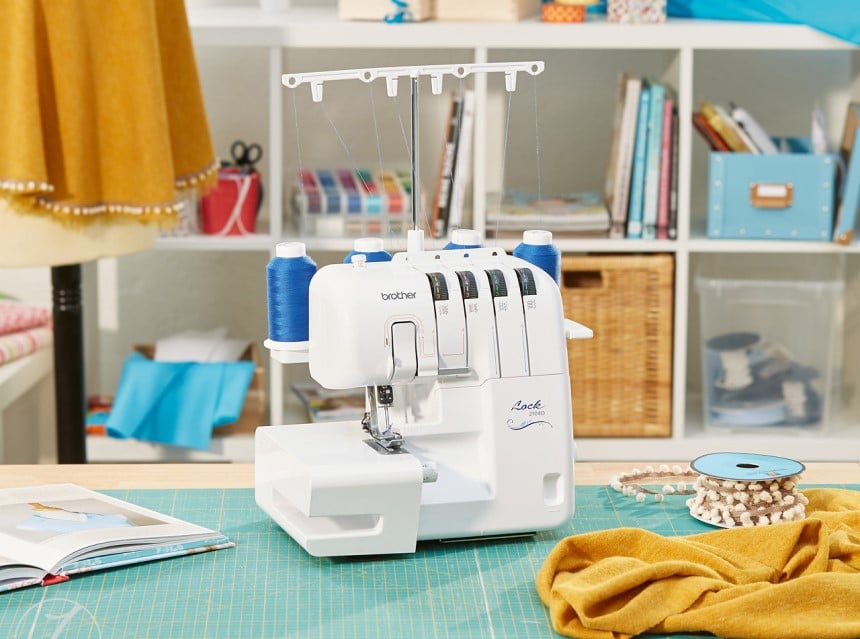
You don’t actually need to have an overlocker if you are sewing professionally or as a hobby, but it does make life much easier on lots of fabrics. By using a serger, you can add a lot of strength to numerous types of seams, especially on items such as children’s clothing. This is the kind of machine you want if you want to make the inside of your sewn items look just like they were manufactured.
Sergers are much easier to use than sewing machines and they can eliminate a lot of unnecessary work that you can’t do with the help of a sewing machine.
A serger has a better stitch that is more durable and is also a good choice when you want to cut the edge of the fabric at the same time as you are suing. This creates a clean, raw edge, that is not possible to obtain when using a traditional sewing machine.
So, if you want to choose between a server vs sewing machine, you should first think about what types of projects you intend to tackle. A serger is the best way to get more done for just about any type of project, but if you are a beginner or an intermediate user, a traditional sewing machine would be a better choice for you to learn the basics on.
